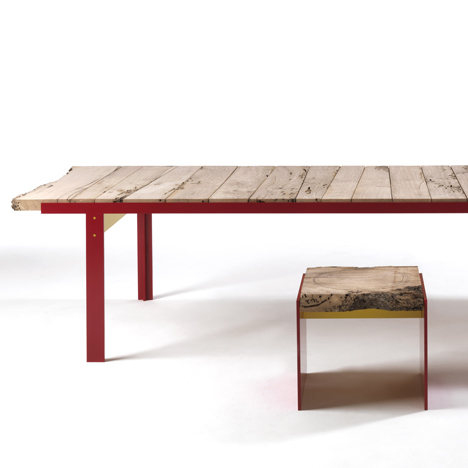
Tra le Briccole di Venezia at Riva 1920
Venice Architecture Biennale 2010: Philippe Starck, Aldo Spinelli and Carlo Colombo (above) are among the latest designers to create pieces for Riva 1920 made of reclaimed oak mooring posts from the Venetian lagoon.
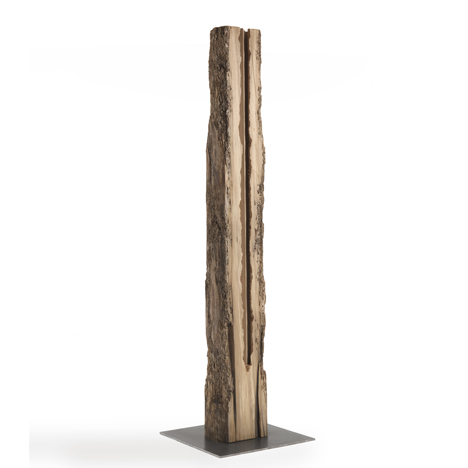
Above: L’Anima del Legno, l’Anima della Pietra by Pinuccio Sciola
The ongoing Tra le Briccole di Venezia project currently includes pieces by 29 designers, all of which are on show in Venice to coincide with the Venice Architecture Biennale.
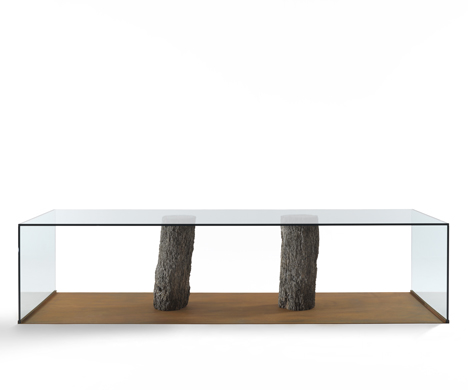
Above: Laguna by Paolo Piva
New pieces by Thomas Herzog, Philippe Starck, Pinuccio Sciola, Claudio Bellini, Aldo Spinelli, Carlo Colombo and Paolo Piva are presented.
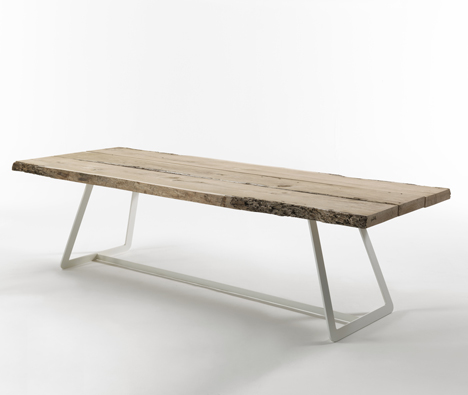
Above: Called by Aldo Spinelli
More about Tra le Briccole di Venezia in our earlier story.
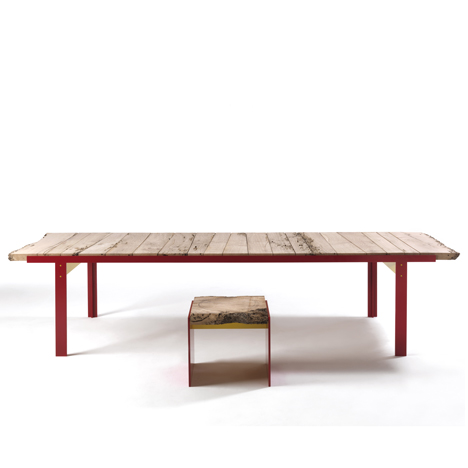
Above: Touch by Carlo Colombo
The Venice Architecture Biennale continues until 21 November. See all our stories about it in our our special category.
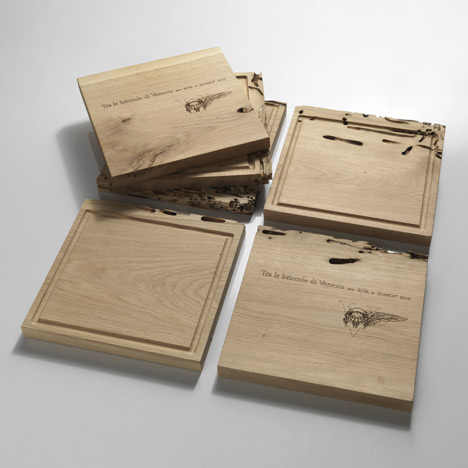
Above: Slice of Briccole, Slice of Venezia table mats by Philippe Starck
The information below is from Riva 1920:
An exhibition showing the work of 29 important figures in the world of design, of art and of fashion, animated by ecological concerns connected with the re-use of an object that is an iconic part of the Venetian scene: the Briccole, the oak mooring posts that rise out of the lagoon. Eroded by the tides, the posts are given new life in the projects of these designers and transformed into objects of art by Riva 1920.
The Exhibition
Design, art, handwork, ecology, re-use of wood: these are the elements Riva 1920 would like to show through the display “Tra le Briccole di Venezia” (“Among the posts in Venice”) at the Arsenale North in Venice, held during “Passion 4 Clean Ideas” exhibition, in occasion of the 90th anniversary of Company RIVA 1920.
Following the experience, belonging to the designing culture of the company, with the Kauri wood, come to light after more than 30.000 years, research keeps on with the project “Briccole Venezia”: designing new shapes and functions, without undermining natural balances.
Contemporary architecture and design therefore support sustainability. The challenge of Riva 1920 is to combine the yearly trend to use natural and ecologic elements with modernity and research for beauty at the highest level.
The so called “briccole”, the posts in chestnut oak on which Venice is built, are used for docking gondolas and as beacons. They are at least ten meters (32.8 feet) high and once driven into the lagoon, they have an average life not longer than 5-10 years. Their section affected by tide rise and fall becomes the natural home for microorganisms as well as sea flora and fauna, but once corroded, they are completely replaced.
The idea is simple: to reuse these posts once their “life” in the lagoon is over.
This is where this initiative originates from. On one side to recover these “briccole”, the high chestnut oak dolphins, you can still clearly see along the lagoon rivers; on the other side the work of those designers invited to reinterpret this extraordinary material, full of history, that water has turned into real “natural sculptures” during the years.
The 29 big names that “sign” the items of the display “Tra le briccole di Venezia” are a real pride as well as a further confirmation of the unique character of this project:
Antonio Citterio (booth), Terry Dwan (console), Michele De Lucchi (bookshelf), Mario Botta (small table), Matteo Thun (table), Pininfarina (model of Cisitalia 2020, antique car), Luca Scacchetti (table), Helidon Xhixha (table), Aldo Cibic (table), Enzo Mari (sculpture), Erasmo Figini (lamp), Paola Navone (installation), Karim Rashid (small sofa), David Chipperfield (bookshelf), Pierluigi Cerri (table), Marc Sadler (totem), Franco and Matteo Origoni (stool), Riccardo Arbizzoni (bank), Elio Fiorucci (painting on wood with female legs), Luisa Castiglioni (shelf), Angela Missoni (hammock), Claudio Bellini (console), Thomas Herzog (small-tables), Philippe Starck (wooden plates), Aldo Spinelli (table), Pinuccio Sciola (totem), Davide e Maurizio Riva (stool).
Venice, the dolphins, their life into water: a way to mark the passing of time, the memory, but mainly the future. To go over and beyond contemporary trends, looking for brand new shapes in a sort of conscious ready-made, taking design to slow down and finally consider environmental issues, linked to the reuse of natural materials. Wood is alive and its life is renewed thanks to designers and their ideas.
See also:
.
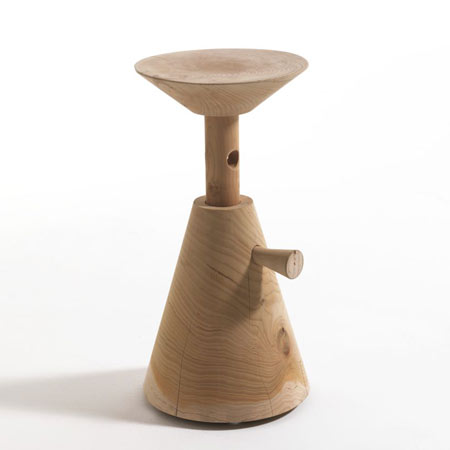 |
 |
our special category |
| Pinocchio by David Dolcini for Riva 1920 |
Briccole Venezia by Matteo Thun |
our special category |